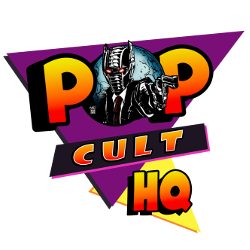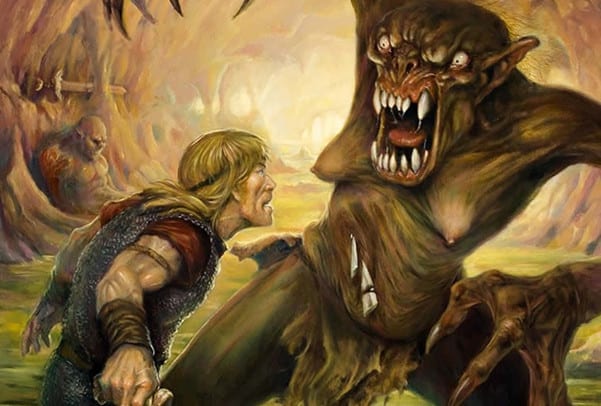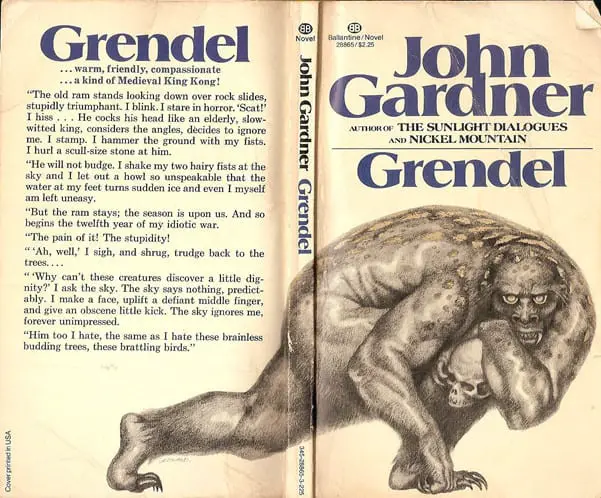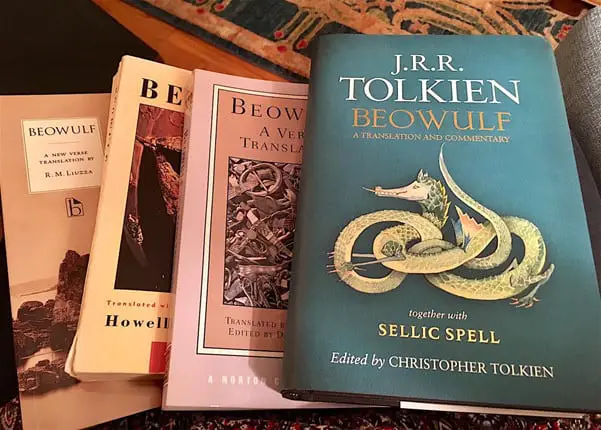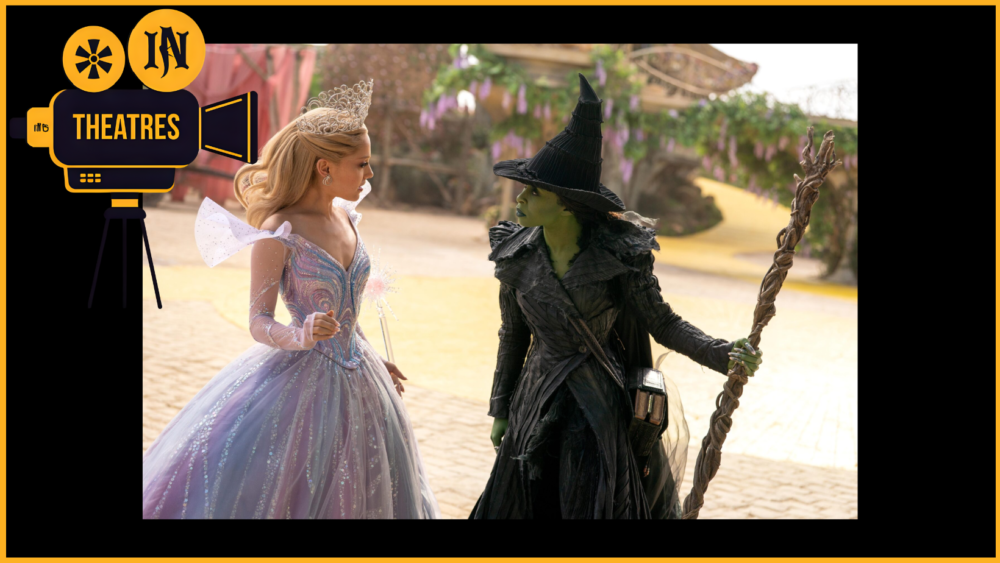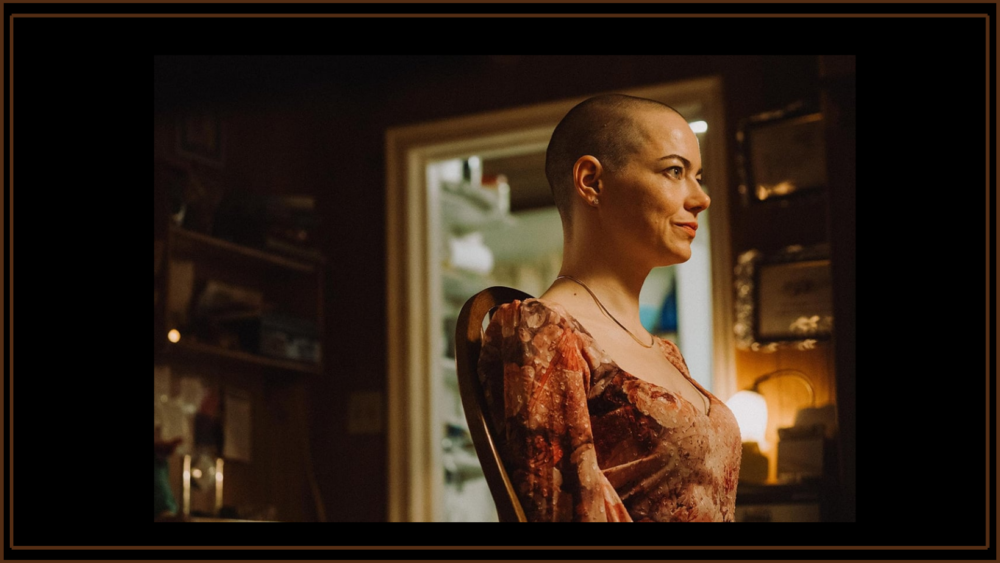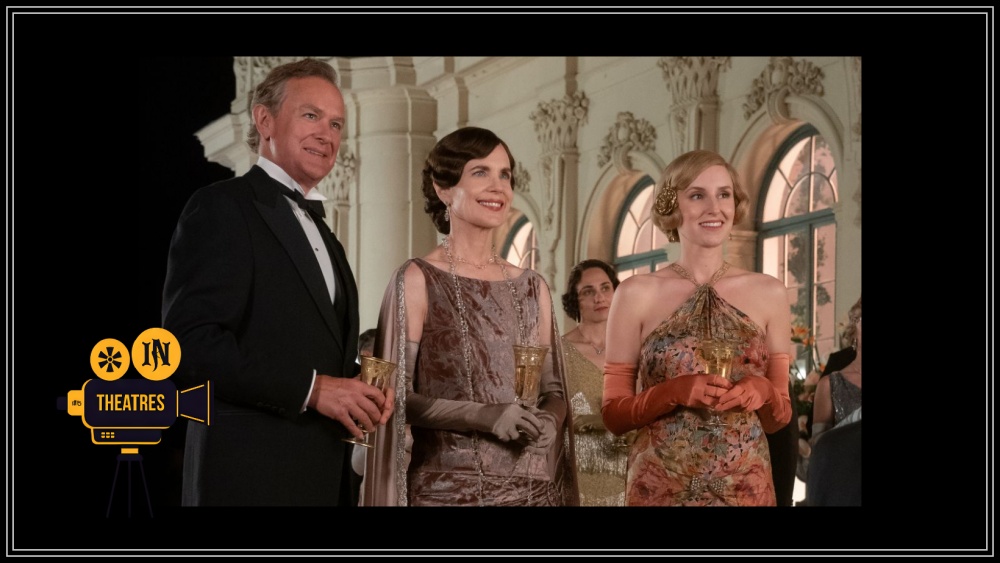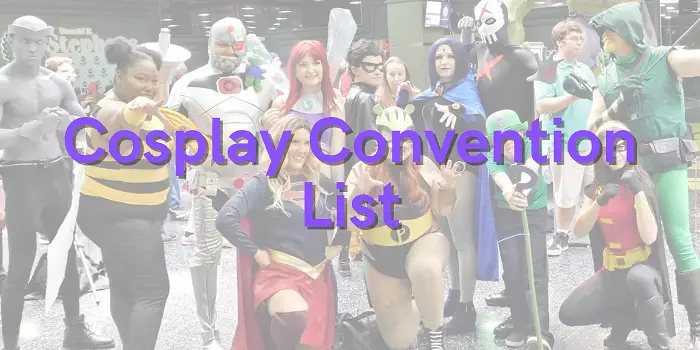One of the oldest and most significant specimens of early English literature, Beowulf is an epic poem that takes us back to the 6th century. A gripping tale of bravado, fantastical mystery, sheer courage and adventure, Beowulf has remained enshrined in history as the courageous hero who slew a terrifying monster named Grendel.
While the poet behind this masterful creation has remained anonymous over the centuries, Beowulf has risen to become one of the most celebrated heroes of Old English literature. This epic poem has a powerful influence on pop culture. It continues to be relevant, even in this day and age, where there are no monsters to fight and no dragons to slay.
In this article, we will discuss Beowulf’s influence on pop culture over the years, and how this epic poem of courage, bravery, and valor continues to inspire artists and creatives across the world.
Beowulf: An Epic Poem
Before we dive into the influences of Beowulf as a character, let’s gain some context about the poem’s story, for those of us who are not familiar with its legend.
The poem regales a story of 6th century Scandinavia, where Beowulf, a celebrated hero of Geatland (modern-day Sweden), is summoned by Hrothgar, the King of the Danes. A ferocious monster, Grendel, has attacked Hrothgar’s mead hall in Heorot, and Beowulf slays not only Grendel but also his mother, who attacks the hall after her son’s demise.
A victorious Beowulf returns to Geatland and claims the throne of the Geats. After five decades, Beowulf engages in battle with a dragon, and while he manages to slay the dragon, he is severely wounded and succumbs to his injuries.
Over the years, the Beowulf story and courage have inspired all those who have fought against evil, carnage, and tyranny. From renowned artists and celebrated authors, numerous have paid tribute to Beowulf in their own unique ways.
Now, let’s take a look at some of the most masterful creations of pop culture that were inspired by Beowulf.
Grendel by John Gardner
Over the years, the Beowulf story and its characters have inspired many artists to make adaptations in the form of films, graphic novels, comic books, theatrical plays, and more. John Gardner’s celebrated novel, Grendel, is by far one of the best-known adaptations of the epic poem.
Grendel introduces us to a parallel story that retells the historical tale from the perspective of Grendel, the monster. Drawing upon the storyline and characters of the Beowulf story, Gardner wrote an epic novel that unraveled the mysteries of human nature, good and evil, and the existentialist question of finding meaning in a wretched and cold world.
With masterful strokes of his pen, Gardner has explored the history of the characters long before Beowulf emerges in the picture. Surprisingly, Beowulf has a very small role in the story, as the only mortal hero strong enough to kill Grendel. In 1981, a film adaptation of the novel emerged with the title, “Grendel Grendel Grendel.”
The Lord of the Rings
J. R. R. Tolkien, the celebrated mastermind behind the epic trilogy, The Lord of the Rings, admitted to having been deeply fascinated by the myths and legends surrounding Beowulf and other historical tales. In fact, Tolkien is also famous for many of his academic publications and treatises on the subject. One of his most celebrated lectures, “Beowulf: the Monsters and the Critics,” delivered in 1936, was one of the most significant contributions to research on the Beowulf story.
Tolkein has discussed his fascination with Beowulf on numerous occasions, stating that Beowulf is one of his “most valued sources” and was instrumental in inspiring the characters of The Lord of the Rings. Tolkien argues that the seeming childish battles fought by Beowulf leave the audience with a much more poignant and realistic message on human nature and destiny.
Tolkien strongly believes that Beowulf is not just a historical document to remind us of Anglo-Saxon literature. Still, it is, in fact, a work of art.
Beowulf on the Big Screen
The Beowulf story has inspired many screenplays and films, and the characters of this Anglo-Saxon tale made their way to the big screen with some exciting and some disappointing adaptations.
In 1999, director Graham Baker and writers Mark Leahy and David Chappe introduced the Beowulf story with a premise based on science-fiction and fantasy. This action-packed film takes us into a post-apocalyptic future, and interestingly, Grendel is the love-child of an affair between his mother and King Hrothgar. Needless to say, the 1999 Beowulf disturbingly deviated from the original plot and failed to captivate the audience with its Mad Max-like, techno-feudal storyline.
Clearly, Hollywood wasn’t ready to call it a quits. In 2007, a 3D computer-animated fantasy action film, titled Beowulf, was released to celebrate the legend of Beowulf with epic live-action motion capture animation sequences. The stellar cast included Anthony Hopkins, John Malkovich, Angelina Jolie, and Robin Wright.
“Beowulf and Grendel,” released in 2005, is another famous adaptation of the historical characters, co-produced by artists from Iceland, Canada, and the United Kingdom. Directed by Sturla Gunnarsson, this film was shot entirely in Iceland. It depicted Grendel as a terribly misunderstood outcast whose terrifying appearance overshadowed his true self and feelings.
Conclusion
These are only a few notable influences of the historical Beowulf story on pop culture, books, films, and literature. It’s interesting to explore academic discourses, sociological perspectives, and literature inspired by Beowulf. In all of these, we come across various fascinating aspects that teach us a great deal about bravery, courage, and the importance of slaying monsters that are created from the collective fear of society.
Despite the childish sequences and amateur fights between dragons and monsters, the Beowulf story and its characters leave us with poignant lessons. This epic poem continues to act as a powerful catalyst for art and creativity.
